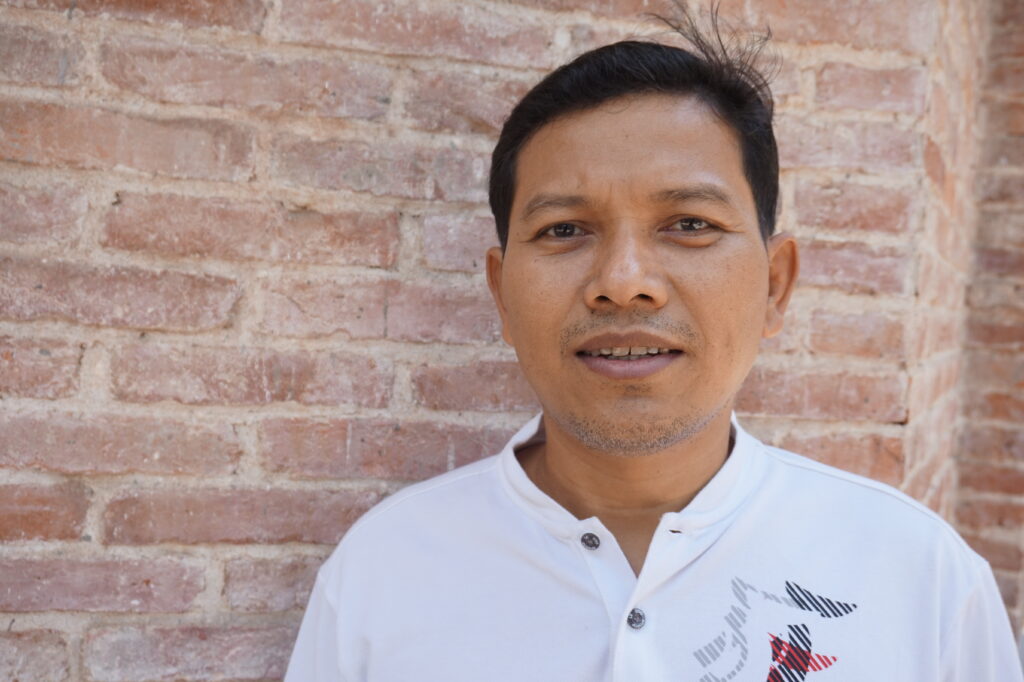Ministry of Agriculture, Forestry and Fishery Fishery Administration
Vice chief of conservation and crocodile industrial office
Mr. Lieng Saroeun
– Could you tell me about the ecology of the river dolphins which are found in the Mekong River in Cambodia?
They are known as Irrawaddy freshwater dolphins, and we call them Mekong Dolphins. They live in deep pools along the Mekong River, from Kampi in Kratie province across to Stung Treng province, up to the border of Laos and Cambodia, and also live in the marine water of Cambodia. They normally live in groups of up to 4 to 6, reaching 2.75m in length, and weighing up to 150 kg. They have blunt round heads and dark grey skin. They are shy so they don’t play close to people with noisy engine boats.
– Why were the dolphins designated as an endangered species? And now how many dolphins live in the Mekong, Cambodia?
The Mekong Dolphin has often been under threat from humans during the last 140 years. The first threat was industrialized fishing in the Tonle Sap Lake in the 1860s, and then the most direct threat was killing for oil use in the 1970s. Recently, the majority of reported dolphin deaths were due to accidents by entanglement in gillnets and electro-fishing. Noise pollution from high-speed vessels and dam building in the upstream reaches of the Mekong (Laos and China) are also serious and continuing threats. As reported by WWF, the population of Mekong Dolphins was estimated at 80 individuals in 2015 by photo-ID mark re-sighting.
– How do the Government and Ministry protect Mekong Dolphins?
The Fishery Administration (FiA) of the Ministry of Agriculture, Forestry, and Fishery, is in charge of the survey and conservation of aquatic organisms. The FiA is investigating the ecology of the Mekong Dolphin with support from WWF.
The most important thing is to keep the habitat natural. The Government has established an area for managing and protecting the Mekong Dolphin. We try to enforce protective measures in the neighborhood by prohibiting the use of nets and illegal fishing. After support from FiA and WWF, the number of dolphins that died has decreased to only several individuals in recent years. Of course, we need to raise funds for conservation. Recently, eco-tours to watch dolphins in Kratie have been becoming more popular.
– In Japan, there are cases of trial reproduction of endangered species and breeding under human management. How about these methods in Cambodia?
Our team thinks that it is better to protect the Mekong dolphins in their natural environment, not by artificial rearing or using an aquarium. During the last ten years, the number of tourists in Kratie has increased several times, and it is a good chance for the local community to improve their income and livelihood. However, we hear that some problems have occurred in Thailand, like tourists feeding dolphins, and even throwing plastic bags into the coastal line. Dolphins ate them accidentally because they mistook them for jellyfish. Most of the tourists are foreigners and the Cambodian younger generation. To increase the population of Mekong Dolphins, and to protect the freshwater ecosystem, we would appreciate your cooperation in saving them, by watching them quietly and not feeding them.

